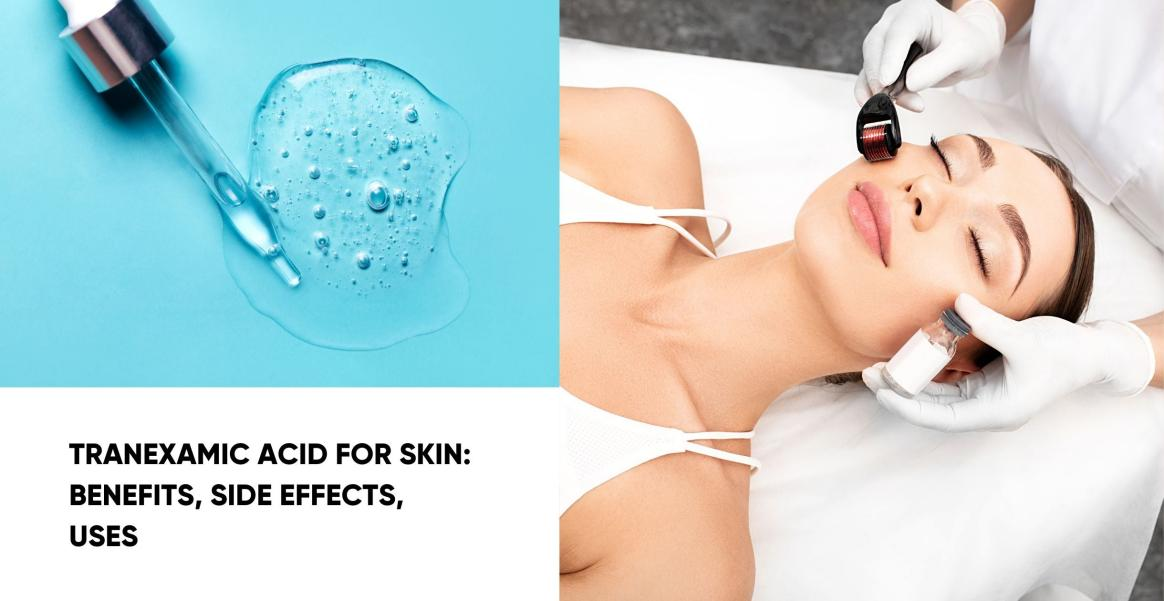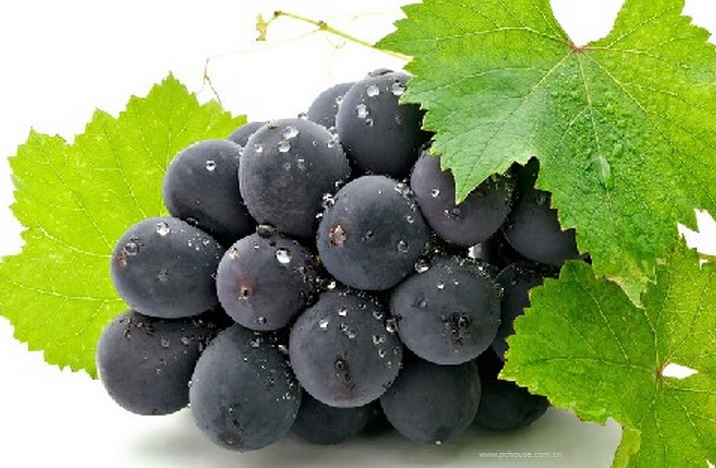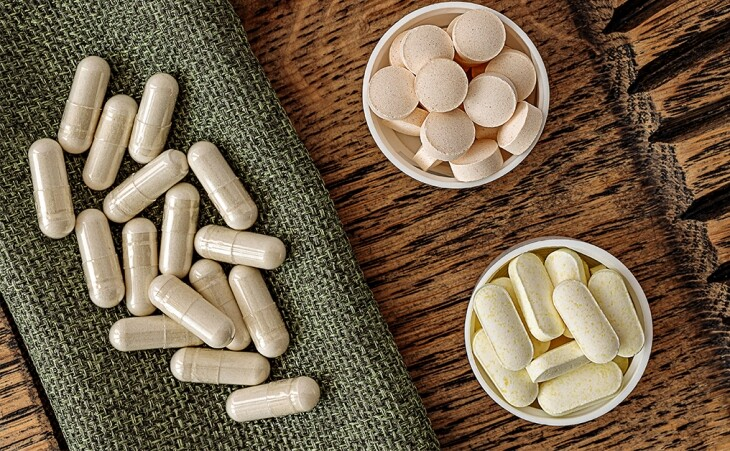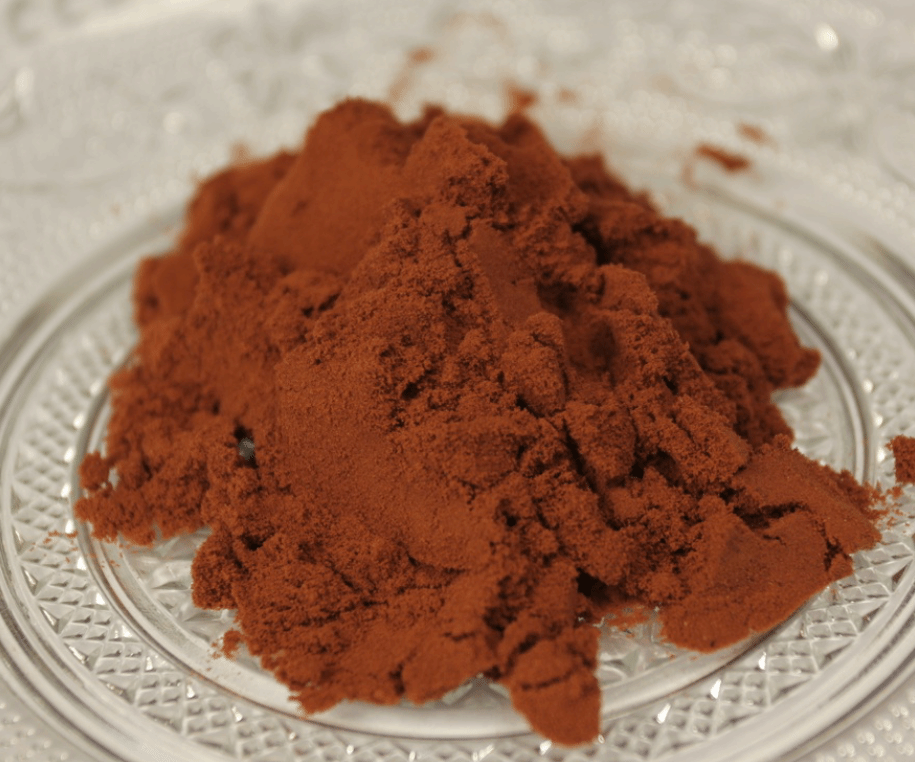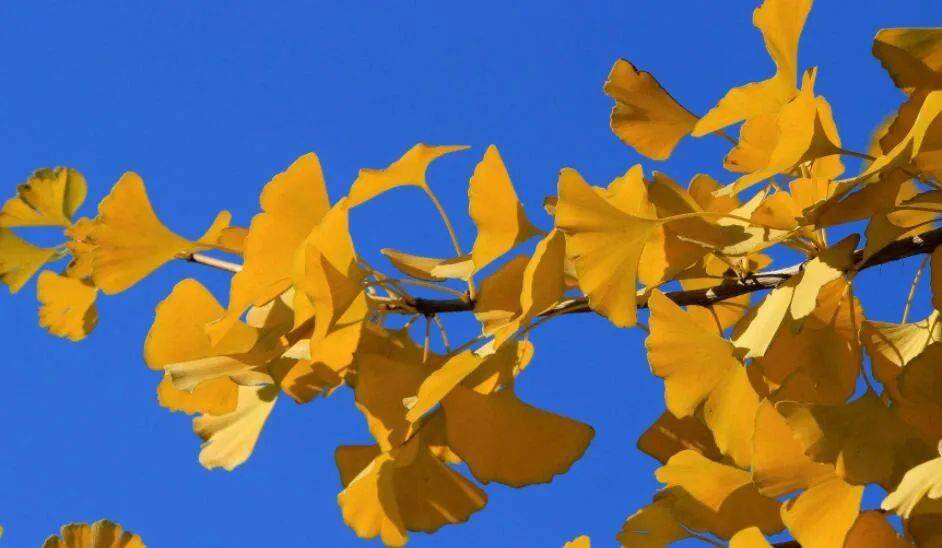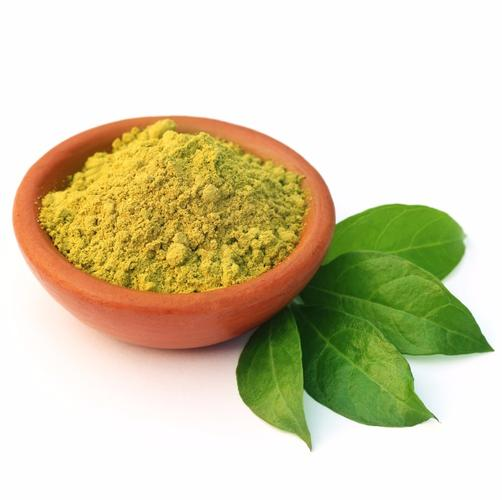The domestic and foreign markets for plant extracts are growing rapidly
Plant extract refers to a product formed by using plants (including tissues, fruits, etc.) as raw materials, through physical and chemical extraction and separation processes, to selectively obtain and concentrate one or more components from plants without changing their component structure. It can be used as a raw material and is widely used in downstream industries such as food and beverage, pharmaceuticals, cosmetics, etc. There are numerous types of plant extracts, with over 300 currently entering industrial extraction. There are various classification methods for it, which can be divided into three categories based on the content of ingredients: monomer extract, standard extract, and ratio extract; Divided by components into glycosides, acids, polyphenols, polysaccharides, terpenes, flavonoids, alkaloids, etc; According to the product form, it can be divided into vegetable oil, extract, powder, lens, etc. According to their uses, plant extracts can be further divided into pigment products, extract products, extract products, and concentrated products.

The plant extract industry undertakes the agricultural planting industry upwards and the big health industry downwards, playing an important role in the big health industry chain. In terms of upstream industry, China has a vast territory, spanning over 60 degrees longitude and over 40 degrees latitude. It has diverse geological landforms and abundant plant resources, with over 300 plant species available for plant extraction. In terms of downstream, China has currently expanded the application scope of plant extracts from traditional drugs and food to many fields such as drugs, functional foods, food additives, cosmetics, feed additives, plant-based veterinary drugs, plant-based pesticides, etc. Among them, food and beverages account for a large proportion of the consumption structure in the plant extract industry, exceeding 60%.
In the 1970s, some factories began to use mechanical equipment to extract plant components, but only as a part of production and did not form an independent industry; With the rise of the trend of returning to nature and the rise of China's foreign trade, the plant extract industry in China entered its initial stage in the 1990s; In the 21st century, with the application of more advanced plant extract technologies such as enzymatic extraction, ultrasonic extraction, supercritical extraction, membrane separation technology, microwave extraction, etc., the efficiency of plant extraction has been greatly improved, and China's plant extract industry has entered a golden development period.
As one of the important supply and demand markets for plant extracts in China, although there are still some problems in the industry's development, the overall market size has maintained good growth, with a compound growth rate of over 15% from 2007 to 2015.
Benefiting from the strong demand for plant extract products in foreign markets, in addition to the impact of the financial crisis in 2007 and the European debt crisis and export regulatory policy adjustments in 2012, China's plant extract exports have maintained a growth trend, increasing from nearly $300 million in 2005 to $2.16 billion in 2015, with a compound growth rate of over 20% since 2010. The proportion of plant extract exports to China's product exports has also increased with the rapid growth of exports, from about 35% in 2005 to 57% in 2015.
With the rise of the trend of returning to nature and the promulgation of relevant laws (mainly the Dietary Supplements Health and Education Law), institutions have officially accepted the use of plant extracts as a food supplement. Plant extracts have entered a period of continuous growth, and market sales have increased from $7.2 billion in 2006 to $21.7 billion in 2016, with an average annual market development rate of about 11%.
The growth of the domestic plant extract market is largely due to the increasing demand for plant extracts from abroad. According to statistics from the Chamber of Commerce for Import and Export of Pharmaceuticals, the overall plant extract market in China is still an export-oriented industry, with exports accounting for about 65% of the total market sales. In recent years, with the continuous growth of demand for plant extracts in foreign markets, as one of the main export countries of plant extracts, China will benefit from the growth of the large market.
Most of the plant extracts in China are derived from unique plant resources, with Hunan, Shaanxi, and Sichuan being the three major production areas with resource advantages. Overall, the development time of plant extracts in China is not long, the entry threshold is relatively low, there are many enterprises engaged in the industry, and competition is relatively fierce. According to the statistics of the Chamber of Commerce for Import and Export of Medicine, there are currently over 2000 plant extract enterprises engaged in trade and production in China, of which more than 70% are trading companies. Most companies in the industry only provide a few or a dozen categories of primary products, but a group of good companies have also emerged.
The market for plant extracts is so large, but how to select products with potential from thousands of extracts is the key to enterprise competition. As plant extracts in China are mainly used for export, the selection of varieties should follow the trend of the market, starting from the varieties that are abundant, and then selecting from over a hundred varieties that are sold abroad but have not formed a large market.
From the perspective of the product, combined with the product, the investment attractiveness of the product is judged by comprehensively assessing factors such as market capacity, number of competitors, future development potential, raw material supply, and whether it belongs to the product. The specific evaluation indicators indicate that the investment attractiveness of silymarin extract, ginseng extract, ginkgo extract, grape seed extract, and plant extract is relatively high, followed by soybean extract, cranberry extract, valerian extract, evening primrose extract, Echinacea extract, Polygonum cuspidatum extract, bitter gourd extract, etc.


